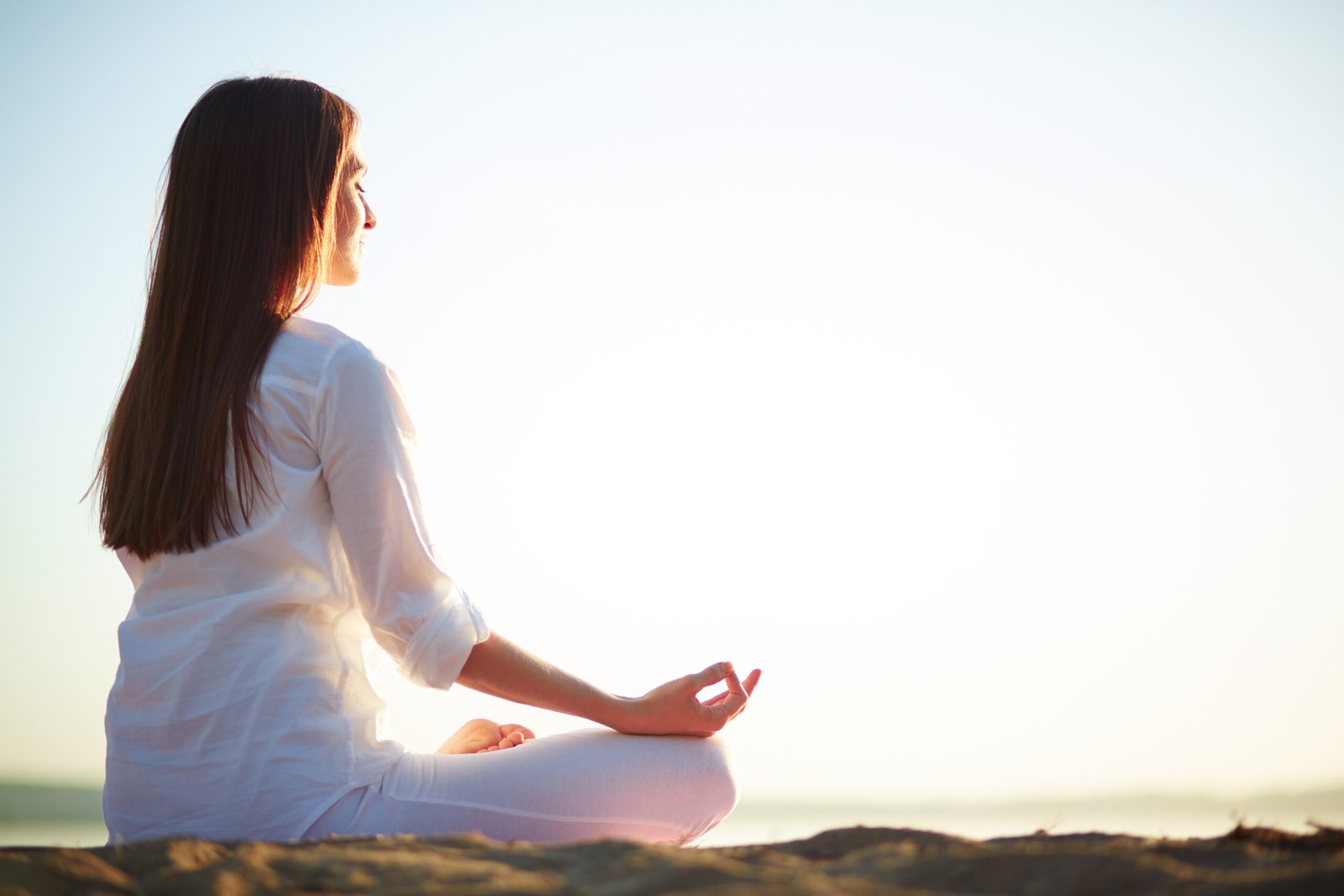
Introduction
In today’s fast-paced world, finding moments of peace and tranquility can feel like a luxury. Yet, amidst the chaos of our daily lives, cultivating mindfulness through meditation offers a powerful antidote to stress and a pathway to greater well-being. In this article, we’ll explore the practice of mindfulness and share practical tips on how to incorporate meditation into even the busiest of schedules, so you can reap the numerous benefits it offers for your mental, emotional, and physical health.
Understanding Mindfulness and Meditation
Before diving into the practical aspects of meditation, let’s take a moment to understand what mindfulness is and how meditation serves as its cornerstone. Mindfulness is the practice of being fully present and engaged in the present moment, without judgment or attachment to thoughts or emotions. Meditation, on the other hand, is a formal practice that cultivates mindfulness through various techniques, such as focused attention on the breath, body scan, or loving-kindness meditation.
Benefits of Mindfulness Meditation
The benefits of mindfulness meditation are vast and well-documented. From reducing stress and anxiety to improving focus, emotional regulation, and overall well-being, regular meditation practice has been shown to positively impact virtually every aspect of our lives. Research also suggests that mindfulness meditation can enhance self-awareness, empathy, and compassion, leading to healthier relationships and a greater sense of connectedness with others and the world around us.
Incorporating Meditation into Your Routine
Now, let’s explore how you can incorporate meditation into your busy life, even amidst a packed schedule and numerous responsibilities:
Start Small: Begin by carving out just a few minutes each day for meditation. Whether it’s five minutes in the morning before you start your day or a brief mindfulness practice during your lunch break, consistency is key. Gradually increase the duration as you become more comfortable with the practice.
Create a Sacred Space: Designate a quiet, comfortable space in your home where you can meditate without distractions. This could be a corner of your bedroom, a cozy nook in your living room, or even a spot in your backyard. Personalize it with items that inspire tranquility, such as candles, cushions, or soothing music.
Set Intentions: Before each meditation session, take a moment to set an intention or focus for your practice. This could be cultivating gratitude, cultivating compassion, or simply being present with whatever arises. Having a clear intention can help anchor your attention and deepen your practice.
Experiment with Different Techniques: Explore different meditation techniques to find what works best for you. Whether it’s mindfulness of breath, body scan, loving-kindness meditation, or walking meditation, there are numerous approaches to choose from. Don’t be afraid to experiment and find what resonates with you.
Be Kind to Yourself: Remember that meditation is a practice, not a performance. Be gentle and patient with yourself as you navigate the ups and downs of your practice. Accept that thoughts and distractions will inevitably arise, and simply observe them with curiosity and compassion, returning your attention to the present moment.
Conclusion
Incorporating mindfulness meditation into your busy life is not only possible but immensely rewarding. By taking small, consistent steps to cultivate mindfulness, you can experience greater peace, clarity, and resilience in the face of life’s challenges. Whether you’re new to meditation or a seasoned practitioner, remember that the journey of mindfulness is a lifelong exploration, offering endless opportunities for growth, healing, and self-discovery.







